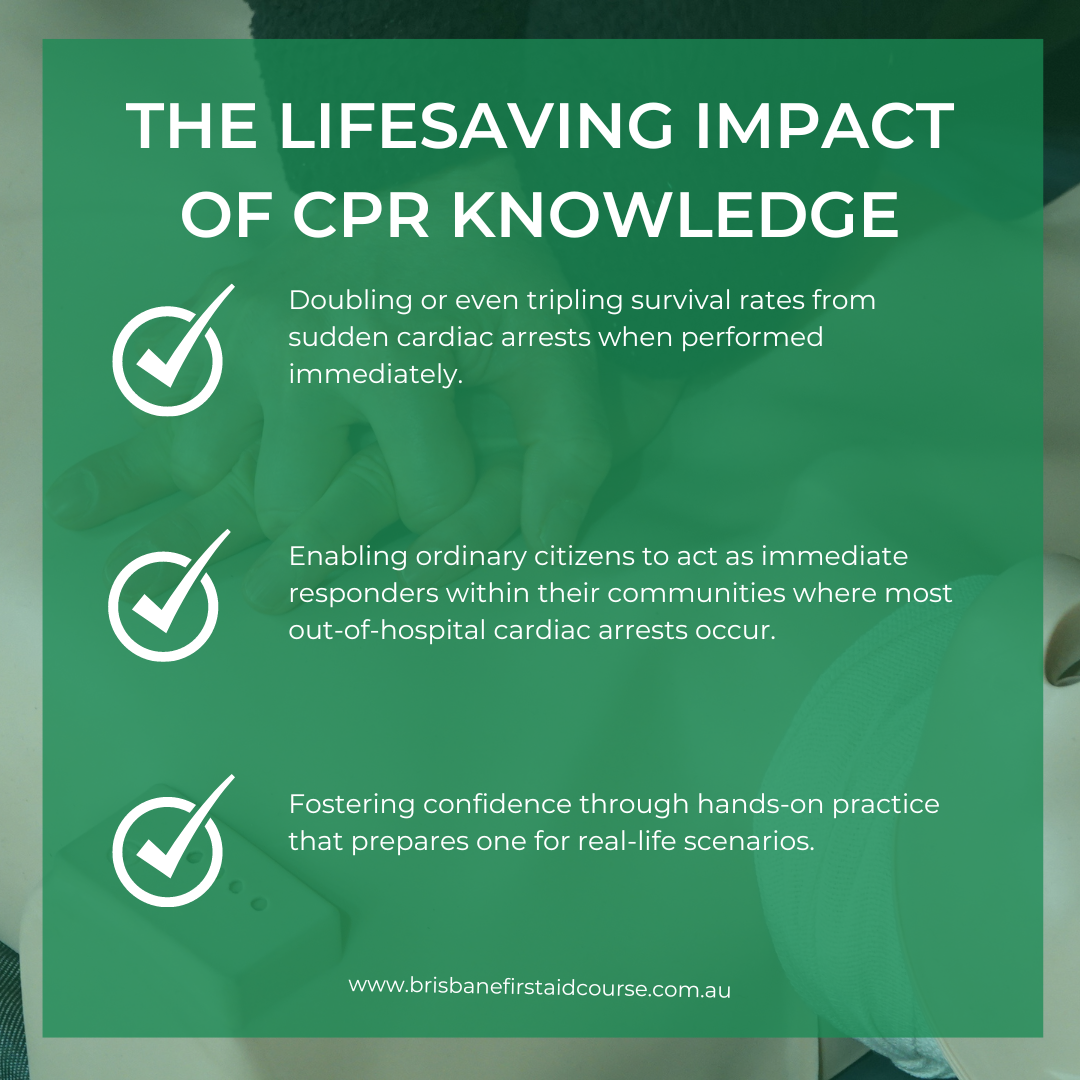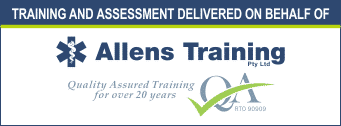Maintaining your first aid skills through regular refresher courses is not just beneficial; it’s potentially life-saving. Yet, it’s common for professionals across various industries to overlook the necessity of keeping their first aid knowledge up to date. This oversight can result in critical delays and inadequate responses during emergency situations.
At My First Aid Course in Brisbane, we understand that a first aid refresher course is more than just a formality—it’s a crucial investment in your readiness for the unexpected. If you’ve been through initial training but haven’t kept up with refresher sessions, now is the perfect time to refresh and enhance your skills.
Participating in a refresher course will not only bolster your confidence but will significantly improve your ability to manage emergency situations effectively. By staying current, you ensure not just your own safety, but also the safety of those around you.
Visit us at My First Aid Course to secure your spot in our next session and keep your first aid skills sharp and ready to act when needed. Stay prepared; stay safe.
Table Of Contents:
- Why Regular First Aid Refresher Courses Are Crucial
- Benefits of First Aid Refresher
- What to Expect in a First Aid Refresher Course
- Securing Your Spot: How to Book a First Aid Refresher Course
- The Role of CPR and AED Training in First Aid Refresher
- Unpacking Updated CPR Techniques for Rescuer Safety
- Boosting Workplace Readiness through Regular Drills
- FAQs in Relation to First Aid Refresher
- Empowered to Act: Mastering First Aid Essentials
Why Regular First Aid Refresher Courses Are Crucial
The field of medical knowledge is constantly advancing, significantly influencing how we administer first aid. This is why it’s imperative for everyone, from professionals to laypeople, to undertake regular first aid refresher courses.
Enrolling in these courses at My First Aid Course can maintain your proficiency and ensure that your first aid skills are up to date. These sessions are crucial as they assist participants in revising and enhancing their techniques, guaranteeing alignment with the most current medical guidelines.
CPR is a vital life-saving skill that must be regularly updated to stay effective. Regular CPR refresher courses are essential to ensure you are prepared to act swiftly and effectively when every second is critical.
Benefits of First Aid Refresher
First aid refresher courses offer a multitude of advantages, particularly in enhancing emergency response capabilities. These benefits extend beyond individuals, positively impacting their surroundings.
The Role and Impact of an Emergency Response Team Leader
An emergency response team leader, equipped with updated first aid knowledge, becomes a beacon during medical emergencies. Regularly refreshed training equips them with cutting-edge practices and techniques to handle various scenarios.
It’s not just about enhancing skills, but also building confidence in handling real-life situations. This preparedness enables them to effectively guide others through crises.
Tackling Medical Emergencies: The Power of Preparedness
In the face of medical emergencies, every second counts. Up-to-date knowledge from frequent first aid refreshers can make a significant difference in providing timely and effective care before professional help arrives.
A strong grasp of situation assessment, initial treatment provision, or CPR execution can mean the difference between life and death. That’s why staying current through refresher courses is crucial for optimal emergency responses.
Cultivating a Safety Culture: The Responsibility of a Safety Executive
A safety executive bears the responsibility of fostering a culture of safety within organizations by ensuring employees maintain their first aid skills through regular maintenance. This includes promoting participation in refresher courses to keep these skills sharp and ready at all times.
What to Expect in a First Aid Refresher Course
A first aid refresher course may initially seem daunting, but it is actually designed to be an engaging and beneficial experience. Here are the components you can expect when participating.
1. Participant Materials for Comprehensive Learning.
The participant materials offered during these courses are not just stacks of paper; they are your lifeline to mastering life-saving skills. These resources include detailed guides, illustrations, case studies, and quizzes, providing hands-on practice that brings theory to life.
During face-to-face sessions, you will receive physical handouts, and digital copies will be available online for easy access anytime. The goal is to ensure that learning continues even after the class ends.
2. Smooth Registration with Booking Form & Contact Form.
Filling out a booking form is not just about securing your seat; it is also about tailoring the course to your specific needs. This is why prior registration is often required before attending any first aid refresher course.
If you have any questions or concerns, such as prerequisites or certification requirements, a dedicated contact form is available to ensure that your queries are directed appropriately and promptly answered by qualified staff members who handle customer service inquiries.
3. Payment Options: Making Your Training Accessible.
Payment options may vary depending on the organization offering the training courses. Offline and online payment options are available, such as cash payments, credit/debit card transactions, or bank transfers, to ensure convenience for participants.
4. Detailed Theory Assessments And Practical Sessions: Hands-On Experience With Expert Instructors.
Theory tests dive into the crucial ideas and principles that make up effective emergency medical help, like dealing with heart attacks, wounds, fractures, burns, and more. But remember – it’s not just about hitting the books. This program offers lively dialogues where you can get involved and gain practical knowledge.
Don’t be daunted by first-aid refresher courses. They’re immersive and truly valuable. You’ll get detailed study materials, a smooth sign-up process that fits your needs, various payment methods for easy access, and a balance of theory tests with practical training for direct experience.
Securing Your Spot: How to Book a First Aid Refresher Course
The world of first aid is constantly evolving, making it essential for professionals in the field to stay updated. So, how do you secure your spot in a reputable first aid refresher course? Let’s dive into that.
Online Booking: A Convenient Option
For those prioritizing ease, internet booking is the optimal selection. It starts with visiting the official website of your chosen provider. There, you’ll find a crucial step – locating their booking form and filling out the necessary details such as your name, contact information, and preferred schedule.
A helpful tip here is to ensure that all fields are correctly filled before hitting submit. This will save you from unnecessary delays or complications later on.
Offline Booking: The Traditional Route
Not everyone prefers to do things digitally. If offline methods appeal more to you or if internet accessibility is an issue where you reside or work, don’t worry.
You can always call the providers directly using the phone numbers listed on their websites or brochures. Their representatives can guide you through the registration steps, including completing forms over phone calls when feasible.
Selecting Payment Options
When it comes to payment options, most organizations offer plenty of variety. Paying can be done with credit/debit cards, checks, or bank transfers – whichever way you prefer.
However, keep in mind that paying upfront secures your enrollment against potential future sell-outs.
Some establishments even offer installment plans, especially if the costs seem prohibitive at once. Always inquire about these possibilities before finalizing transactions so that no unexpected surprises await you afterward.
Prepping For Your Class
After you’ve nailed the registration, let’s get ready to rumble. Hit those old books or manuals if you have them. If not, libraries, bookstores, or even the internet are your best pals.
Securing a place in a high-quality first aid refresher course isn’t just about clicking ‘book now’. You need to consider the relevance of the material, the instructor’s qualifications, and reviews from other students. Choose online booking for ease or go traditional if that’s your style. Remember to check out payment plans that suit your budget – pay all at once or in installments.
The Role of CPR and AED Training in First Aid Refresher
When it comes to comprehensive first aid refresher courses, there’s no denying the significance of Cardiopulmonary Resuscitation (CPR) training. This plays a pivotal role in equipping individuals with life-saving skills needed during emergencies.
The Lifesaving Impact of CPR Knowledge
A grasp on how to perform CPR is not just for healthcare professionals but can prove crucial for anyone who may find themselves faced with an emergency situation. This procedure combines chest compressions with artificial ventilation, aimed at preserving brain function until more advanced medical help arrives.
- Doubling or even tripling survival rates from sudden cardiac arrests when performed immediately.
- Enabling ordinary citizens to act as immediate responders within their communities where most out-of-hospital cardiac arrests occur.
- Fostering confidence through hands-on practice that prepares one for real-life scenarios.
Necessity of Proper AED Instruction
In addition to knowing how to administer effective CPR, understanding how an automated external defibrillator (AED) works is equally vital. An AED is used after a heart has stopped beating due to sudden cardiac arrest – one among the leading causes of death worldwide.
A study by NCBI suggests that early use of AED increases survival rates by up to 75%. Therefore, its proper usage should be part and parcel of any serious first-aid refresher course.
Unpacking Updated CPR Techniques for Rescuer Safety
The landscape of cardiopulmonary resuscitation (CPR) is constantly evolving, with a strong focus on ensuring the safety of rescuers. Let’s explore these updates and how they can enhance your first-aid skills.
The Shift Toward a Compression-First Approach
Staying abreast of the most current first aid protocols is essential for any advanced level professional. One significant update is the recommendation to start with chest compressions before checking the airways.
This change is based on solid research that shows improved survival rates when chest compressions are uninterrupted. Mastering this technique is crucial for effective and safe CPR.
Revisiting Rescue Breaths Guidelines
To enhance your rescue efforts while prioritizing personal safety, guidelines for rescue breaths have been revised. It is now essential to use barrier devices, such as face shields or masks with one-way valves, during mouth-to-mouth resuscitation.
These devices help prevent the transmission of diseases between the victim and the rescuer. If barrier devices are not available, consider performing hands-on CPR. Additionally, it is advisable to avoid direct contact unless absolutely necessary.
These precautions significantly contribute to the quality and safety of the care provided.
First aid and CPR techniques are constantly evolving to ensure rescuer safety. Embrace the shift towards a compression-first approach for improved survival rates, use barrier devices during rescue breaths, and adapt to pandemic measures such as using personal protective equipment. Staying updated with these changes not only enhances your skills but also protects you while saving lives.
Boosting Workplace Readiness through Regular Drills
Keeping a workplace equipped for unexpected occurrences doesn’t have to be difficult. The key lies in equipping your team with first aid and CPR skills, coupled with regular drills to keep these lifesaving techniques fresh.
A Closer Look at First Aid Training
Imagine being able to step up during a medical emergency instead of standing by helplessly. That’s the power that comes from first aid training.
It’s more than just learning how to apply bandages or perform chest compressions; it’s about recognizing when someone needs immediate help and knowing exactly what to do.
Incorporating this knowledge into your workforce doesn’t only enhance safety—it also fosters responsibility among employees, creating an environment where everyone looks out for each other.
The Role of Regular Drills
Think of regular drills as fitness workouts—they keep you in shape so you’re ready when the real challenge hits. Similarly, consistent practice ensures that all staff members are always on top of their game should they need to use their first aid skills.
Scheduled exercises give employees a chance to put theory into practice under simulated conditions, which enhances retention far better than lectures alone can offer.
Maintaining Proficiency Through Continuous Learning
You wouldn’t stop working out after achieving your desired body weight—similarly, maintaining proficiency in first aid requires continuous learning. This involves staying updated on guidelines from authoritative bodies and incorporating them regularly into refresher courses offered by reputable institutions such as My First Aid Course.
To stay ahead: With healthcare practices evolving rapidly, one must revisit learned information frequently in order to avoid reduced effectiveness during actual emergencies.
- To be confident: Frequent refreshers build confidence, ensuring quick response times when every second counts.
- Staying ready: Regular updates keep everyone on their toes, so no one’s caught off guard when an emergency hits.
Consider first aid training and routine drills as your workplace’s fitness plan, priming everyone to handle emergencies. It goes beyond patching up injuries or doing CPR—it’s about spotting when help is needed and responding correctly. Just like keeping fit demands regular exercise, mastering first aid needs constant learning from trusted sources.
FAQs in Relation to First Aid Refresher
What is the refresher period for first aid at work?
The Occupational Safety and Health Administration (OSHA) recommends a first aid refresher course every three years to maintain competency.
How often should first aid kits be refreshed?
First Aid Kits should ideally be checked monthly, but must be replenished as soon as possible after use or when supplies expire.
What happens in a first aid refresher course?
A First Aid Refresher Course typically revisits essential skills, introduces new protocols, offers hands-on practice sessions, and evaluates participant competence through assessments.
How long does first aid take to expire?
Certification from an accredited First Aid training generally lasts for three years from the date of completion before it expires.
Empowered to Act: Mastering First Aid Essentials
Stay updated with our comprehensive First Aid Refresher guide! Ideal for professionals seeking to enhance their first aid and CPR skills.
First Aid Refresher is not just a course, it’s an investment in safety and preparedness. From understanding the importance of regular updates to appreciating mental health considerations during emergencies, this refresher course offers comprehensive insights.
The benefits are manifold – from enhancing your emergency response capabilities to keeping you abreast with changes in first aid protocols. Apart from CPR and AED training, there’s also a focus on updated safety measures.
Booking is simple and hassle-free too! If you’re ready for an immersive learning experience that can potentially save lives, contact us at My First Aid Course today!


.png)





